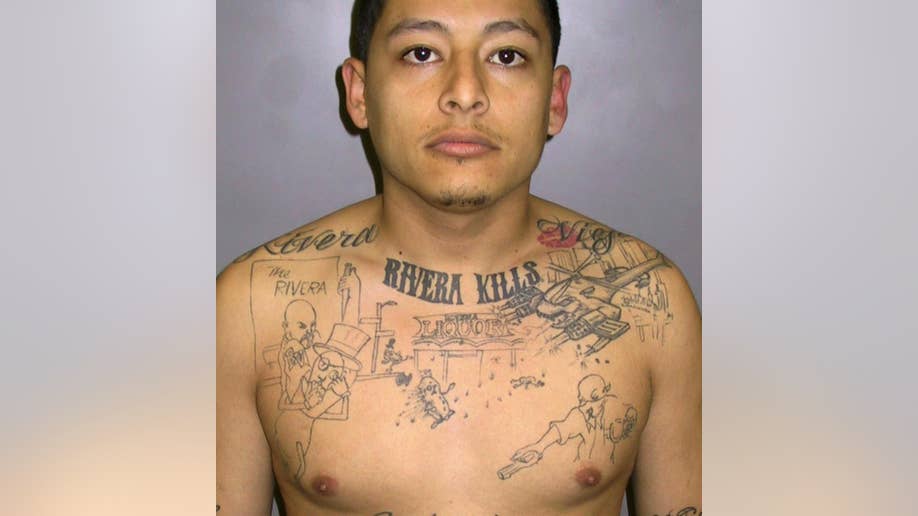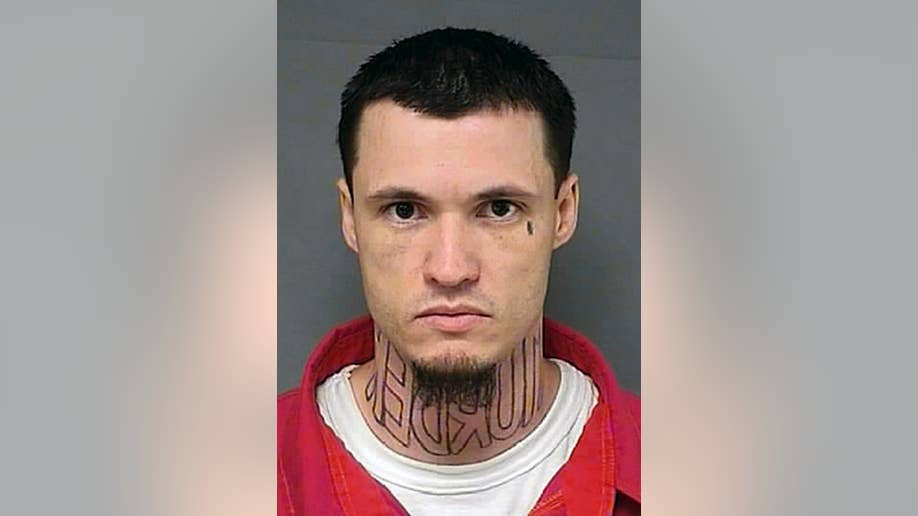Murder Ink: Tattoos often used to symbolize wrongdoing, but rarely used as evidence of crime
{{#rendered}} {{/rendered}}Crime experts say it's unusual that investigators in the Aaron Hernandez murder cases have appealed for information from tattoo artists who inked the former New England Patriot star's right forearm.
Criminals have long marked their bodies with symbols of bad acts, including teardrops for murders, but experts say it's unusual when those tattoos become evidence of wrongdoing.
Criminal investigators hit the jackpot every once in a while with tattoos. Southern California gang member Anthony Garcia was sentenced to 65 years in prison for murder in 2011 after an investigator discovered Garcia had the murder scene tattooed on his chest.
{{#rendered}} {{/rendered}}Hernandez is accused of three murders in Massachusetts. His lawyers say he looks forward to proving his innocence.
Investigators won't say which of Hernandez's many tattoos prompted their appeal to artists.


